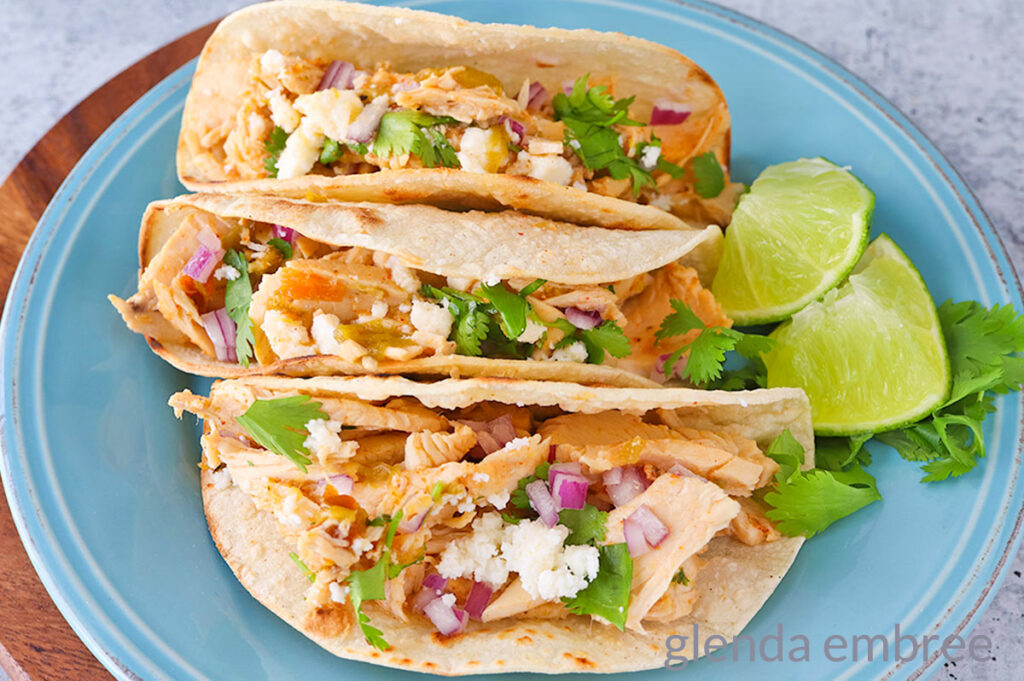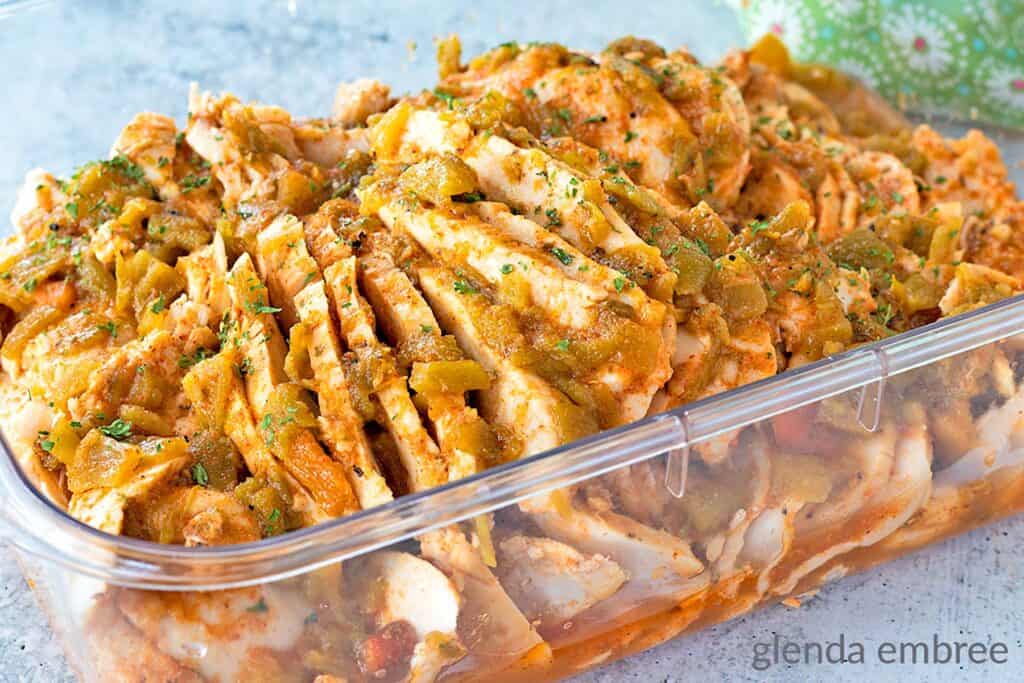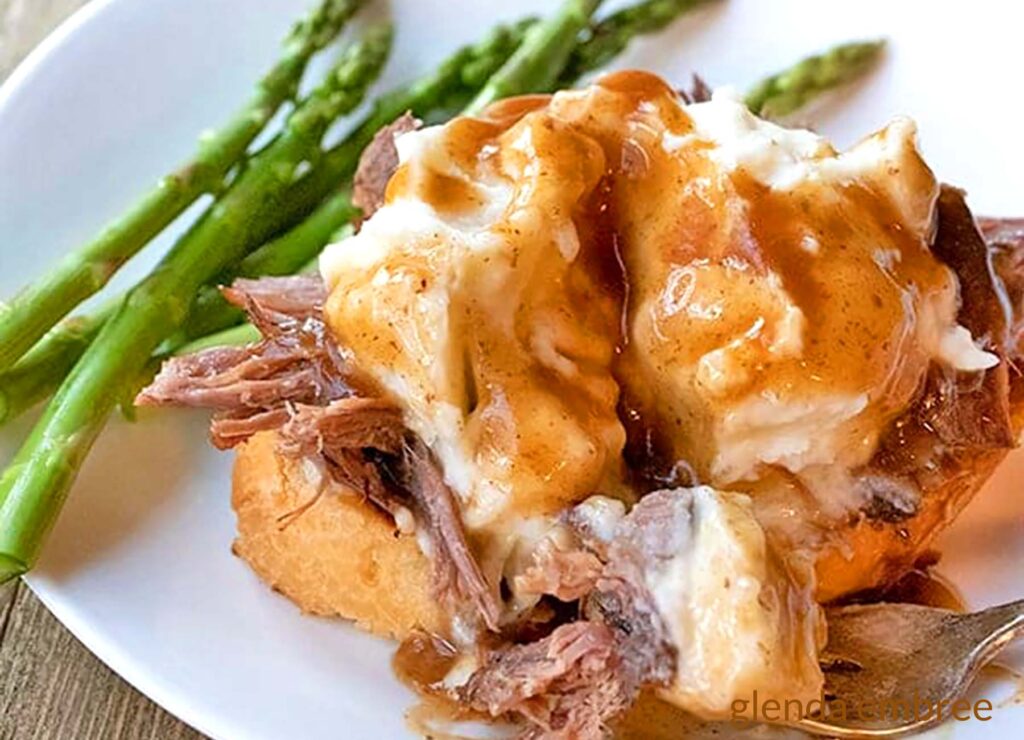Experienced cooks understand the art of saving time and money in the kitchen by using leftovers to create new and delicious meals. Novice cooks can easily learn this important skill, too.
Cooking with leftovers reduces food waste and creates dishes that take on new forms but are as scrumptious as the originals. Here are a few ideas to make it easy for you to invent exciting new meals with last night’s leftovers.

Intentional leftovers
Planning to have leftovers is a great way to begin saving time and money. Great cooks prepare proteins in bulk to be used in future dishes. This allows the time-consuming part of meal preparation to be already finished when you begin.
Using a slow cooker is a favored way to batch-cook leftovers for future meals. Meat that is tender, juicy and delicious can also be prepared and batch-cooked in the oven.
Potatoes or other root vegetables that take longer to prepare are good options for batch cooking intentional leftovers too. Cooked on the stovetop or roasted in the oven, these scrumptious vegetables will be welcome additions to your quick and easy leftover meals.

Use batch-cooked foods in a meal on the day of your cooking. Then store all the leftovers to use in mouthwatering meals throughout the week or in future dishes.
“I love planning ahead and rethinking my leftovers to save time on weeknights. It’s great to get the bulk of the cooking done at once! One of my favorites is to cook a big batch of meat for fajitas, then use it for cheesesteaks the next night!”
— Lauren, thebusyfoodie.com
FDL’S 75 Best Bites

Our cookbook with 75 tasty recipes will be your go-to kitchen companion for easy dinners with ad-free recipes right at your fingertips. Crafted by experienced chefs and recipe developers, this collection offers a treasure trove of tried-and-true dishes that make mealtime a breeze.
Get the Recipe: FDL’S 75 Best Bites
How to store leftovers
The USDA says leftovers that are properly stored in air-tight containers will last in the fridge for up to four days. The same leftovers, properly sealed, can be kept in the freezer for up to four to six months.
Reusable silicone freezer bags or zip-top bags intended for freezer use are available in many sizes, too. They are another good storage option. Bags can be stored flat, requiring much less space in the freezer if your storage space is limited.

Use leftovers in salads
Leftovers add wonderful texture and flavor to salad recipes. Leftover meat, grains, vegetables or pasta can bulk up side salads and make them into hearty, delicious meals. They’re a nutritious way to enjoy a new meal using pre-cooked food.
Soups and stews help leftovers live again
Instead of spending hours to develop flavor, you can prepare mouthwatering soups, stew and chili with leftover meat and vegetables.
Add your leftovers to rich, well-seasoned broth or stock. Toss in more of your favorite herbs and seasonings, and you can create a quick, easy and richly flavorful soup or stew without having to spend all day developing those flavors.

Make casseroles with leftovers
One of the simplest ways to use leftovers quickly is to mix them to create a bubbly, delicious casserole that the whole family will enjoy.
Combine leftover meat with roasted vegetables, rice or pasta. Add a sauce and some cheese and bake until the casserole is heated all the way through. You can also heat casseroles in a stew pot or Dutch oven on the stovetop for quick and easy one-pot meals.
Leftovers for breakfast
Tossing leftovers into omelets and breakfast casseroles is definitely a pro move. Use leftover meat and/or roasted vegetables in both. Even cheese leftover from taco night will work perfectly.
You may not have considered it, but leftovers that are cut up finely can also be tossed into muffin batter, pancakes and waffles. Ham and cheese biscuits are delicious!
Use leftovers to make sandwiches

Mix and match roasted veggies, grains and beans to create scrumptious veggie burgers.
Leftover turkey or roast beef with potatoes and gravy makes outrageously good open-face sandwiches.
There is always chicken salad, but give some thought to dinner roll sliders, melt sandwiches, wraps and pitas, too. Love gyros? Create one with leftover protein from last night’s dinner.
Leftovers are an opportunity
Leftovers don’t need to be ho-hum boring repeats of last night’s dinner. Mixing and matching different leftover ingredients can net you wonderful meals that will seem brand new.
Leftover meals save time. You won’t need to spend all day or night developing flavors when you use leftovers that already have that flavor cooked in, along with flavorful sauces, broth or stock and seasonings. Dinner becomes quick and easy.
Leftovers save you money. Your grocery budget will thank you for using what you already have in the fridge. Because leftovers make quick and easy meals, you can skip the drive-through and takeout. Your brand-new leftover meals may become family favorites with savings that you’ll want to repeat.

Leftovers save on food waste. In a country where food waste is an issue on a national level, making the most of what we already have is a skill everyone should learn.
Smart cooks can even plan leftovers into their menus. Doubling or tripling the amount of a protein or vegetable that you’re already cooking and then saving the leftovers for future meals is definitely a pro move.
Got leftovers? Celebrate! Now, you know how to make the most of them in delicious new dishes you and your family will want to enjoy over and over again.
Glenda is the creator and recipe developer at Glenda Embree blog. She believes cooking from scratch doesn’t need to be complicated. She happily shares family favorite recipes and teaches readers how to make homemade food an easy and affordable option in their own kitchens.